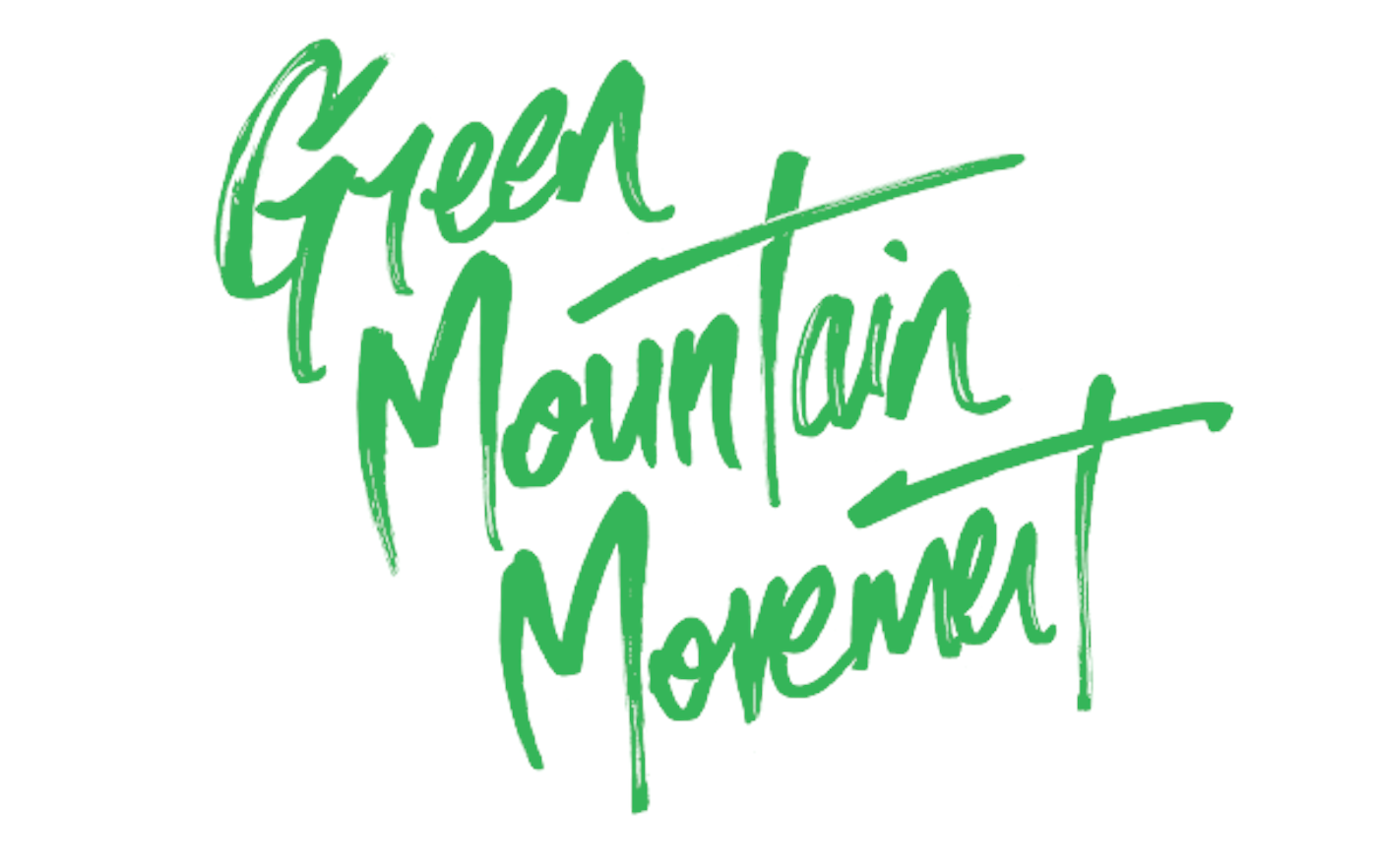
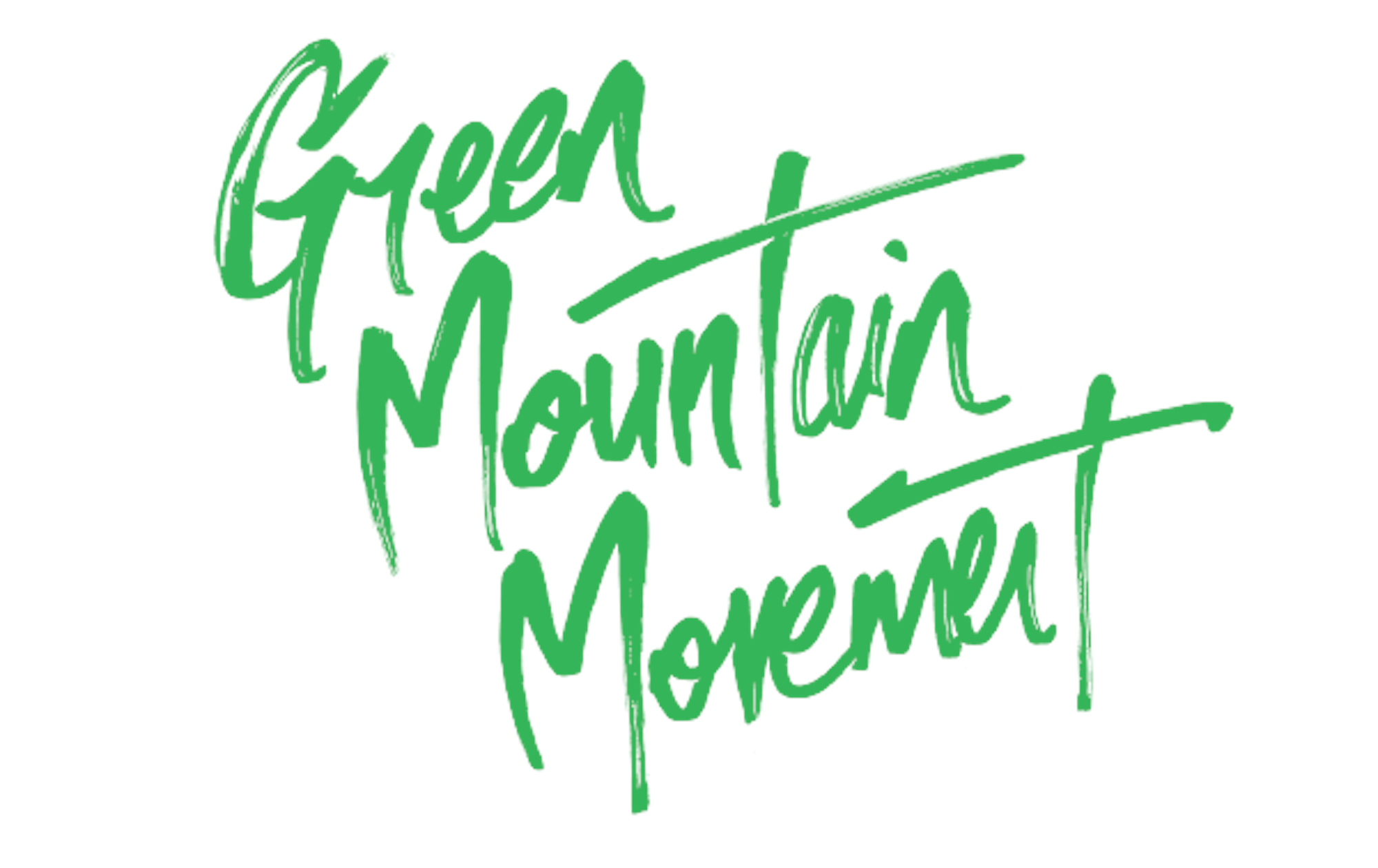
In the birthplace of modern American skiing,
die-hard locals are returning to the good old days
On January 28, 1932, a group of skiers huddled around a Ford Model T in Woodstock, Vermont, with no plans of driving anywhere. Its rear-right wheel was deliberately submerged in snow and tied down with chains, immobilizing the black beast. The rear-left, meanwhile, was propped up in the crisp winter air with a long, thick rope wrapped around it that ran up an adjacent hill. Assisted by a network of standing pulleys, the rope spun in a perfect loop from top to bottom, powered by the tire’s ferocious revolutions. The eager skiers strapped into their gear, grabbed hold of the rope, slid to the top of the hill and skied back down. Then they did it again, and again and again. This was the first rope tow in the United States—the dawn of lift-accessed skiing as Americans know it.
That surface lift was the best thing for Vermont since maple syrup. Shortly after its creation, ski resorts began popping up everywhere with new and improved lifts; real estate developments covered base areas like fallen foliage; and farm towns evolved into ski communities powered by tourism-focused businesses. It was exactly what the rural state needed to keep up with the times, both recreationally and economically. But, now, for a variety of reasons, die-hard two-plankers are searching for a fresh connection to the Green Mountains. And that means going back to skiing’s roots, traveling through the woods and earning turns without the aid of fancy chairlifts or even Model Ts. The people of Vermont are leading a backcountry movement.
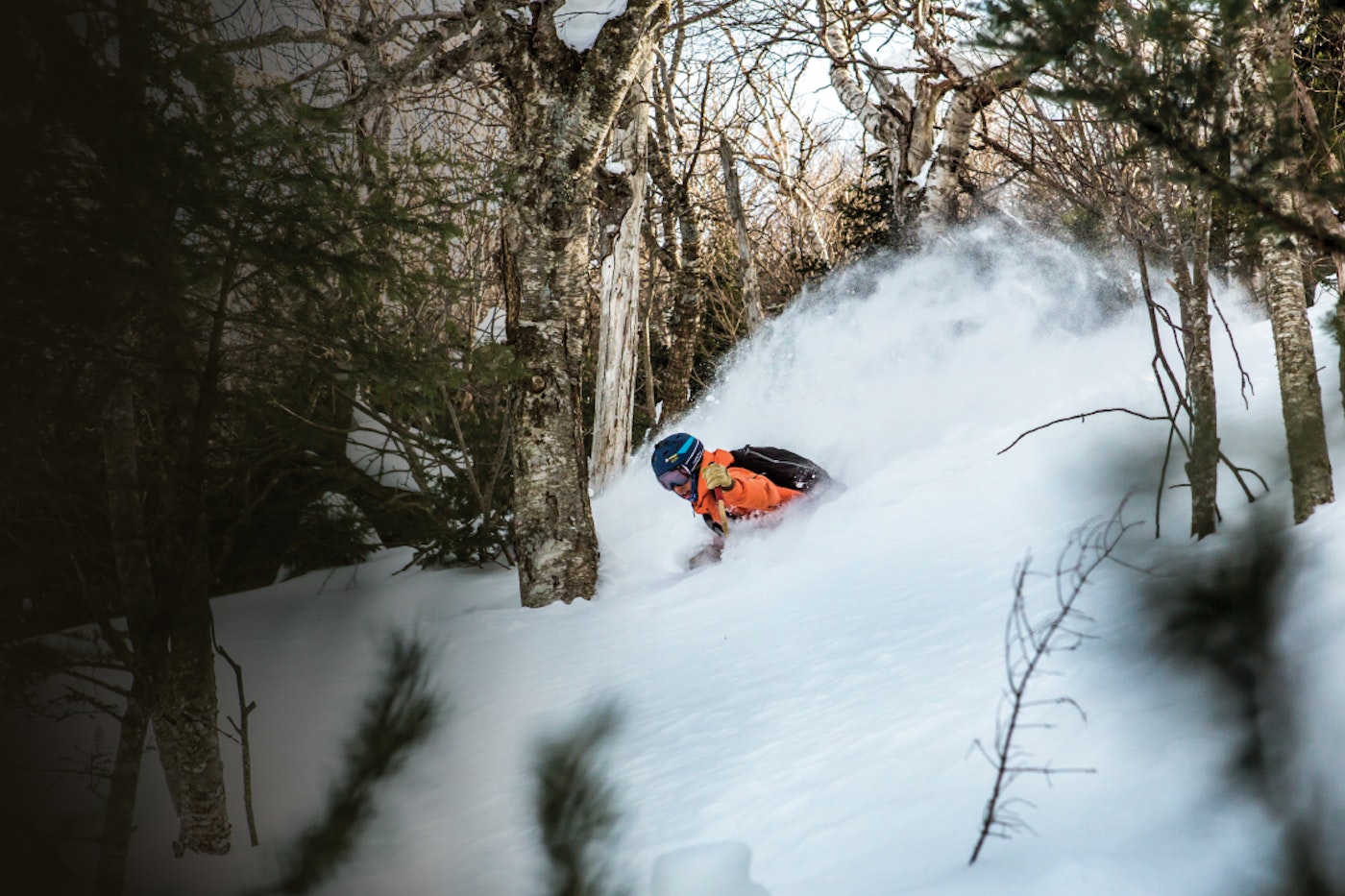
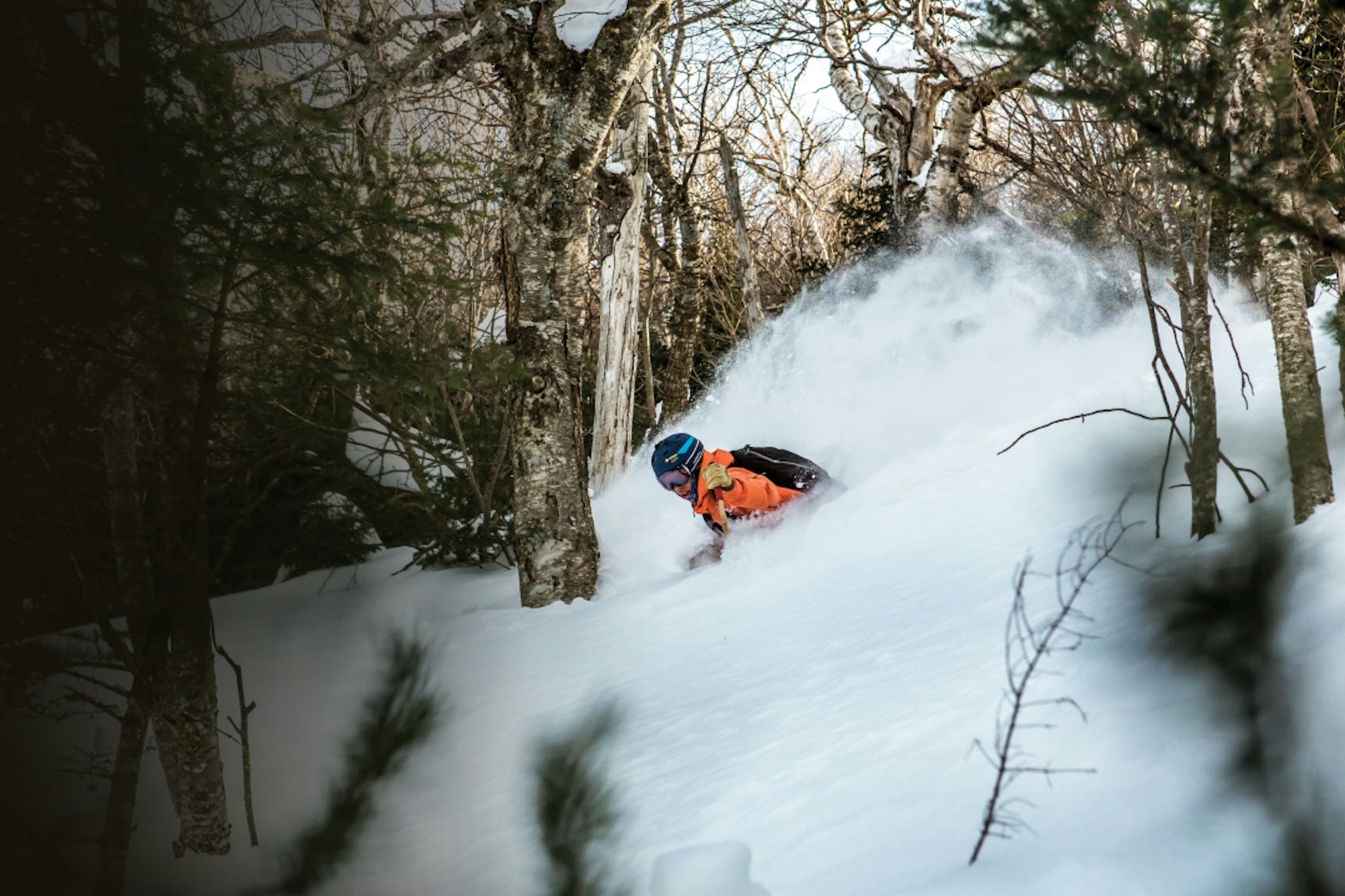
Out-of-bounds skiing has always been a part of Vermont’s culture. In the pre-rope-tow days, during the thick of the Great Depression, Franklin D. Roosevelt employed Civilian Conservation Corps to cut trails as part of the Emergency Conservation Work Act. The ensuing decades then saw locals illegally carving out zones on federal, state and even private lands—earning Green Mountain turns with rudimentary skins and telemarking setups. But it wasn’t until 2008 that backcountry skiing in the state really ramped up; the growth stemmed in part from another nationwide financial crisis, making resort skiing unaffordable for many, and also from the basic desire to escape crowds and experience the sport in its simplest form.
“That was when people really started second-guessing spending $100 on day tickets,” says Zac Freeman, a Braintree resident who’s a leader of the state’s rising backcountry scene. “And on top of that, when things move too fast in Vermont, folks get deterred. All of these resorts are just blowing up and expanding, and that’s OK, but it’s turning a lot of us to the ski-touring lifestyle.”
To those who were interested in growing the movement, it was clear that ample organization was needed to move forward responsibly. This is mainly because in Vermont, there aren’t dreamy alpine zones waiting to be skied. People are often forced to cut through tight trees and thick brush to clear trails, which presents legal and physical hurdles. So, a state-wide group called the Vermont Backcountry Alliance (VTBC) formed, as well as localized assemblages like the Rochester/Randolph Area Sports Trail Alliance (RASTA)—Freeman is on its board of directors—and Northeast Kingdom Backcountry Coalition (NEKBC). Together, they could sit down to talk strategy and agree on a common vision for the state’s backcountry scene. To further strengthen their numbers and streamline their efforts, they became official chapters of the Catamount Trail Association (CTA), the group that manages the 300-plus mile Catamount Trail (the longest Nordic ski trail in North America.)
“It became apparent that there was a growing desire for more of the uphill-downhill variety in addition to the Nordic scene on public and private lands,” says Amy Kelsey, executive director of the CTA. “Since we were already so involved with creating Nordic ski trails, and since we’re a small state, it didn’t make sense to create another entity that would spend its time on just backcountry skiing.”
With the CTA officially on their side, these chapters are able to get in touch with Vermont’s higher-ups to talk business, gain access to grants and legitimize the voice of backcountry skiers as a whole. A particularly notable example is RASTA’s work in the Braintree Mountain Forest, a 1,547-acre area—30 minutes south of Sugarbush Resort—donated by private landowners to the New England Forestry Foundation (NEFF) in 2013. RASTA formed strong relationships with both NEFF and the previous landowners and was given the green light to establish a parking lot, trailhead, kiosk, hut and a variety of new backcountry zones. The project served as a blueprint for RASTA’s current work within the Brandon Gap area, part of the 399,151-acre Green Mountain National Forest. There, volunteers have already cut gladed zones that were approved by the US Forest Service—a momentous accomplishment considering this is precious federal land.
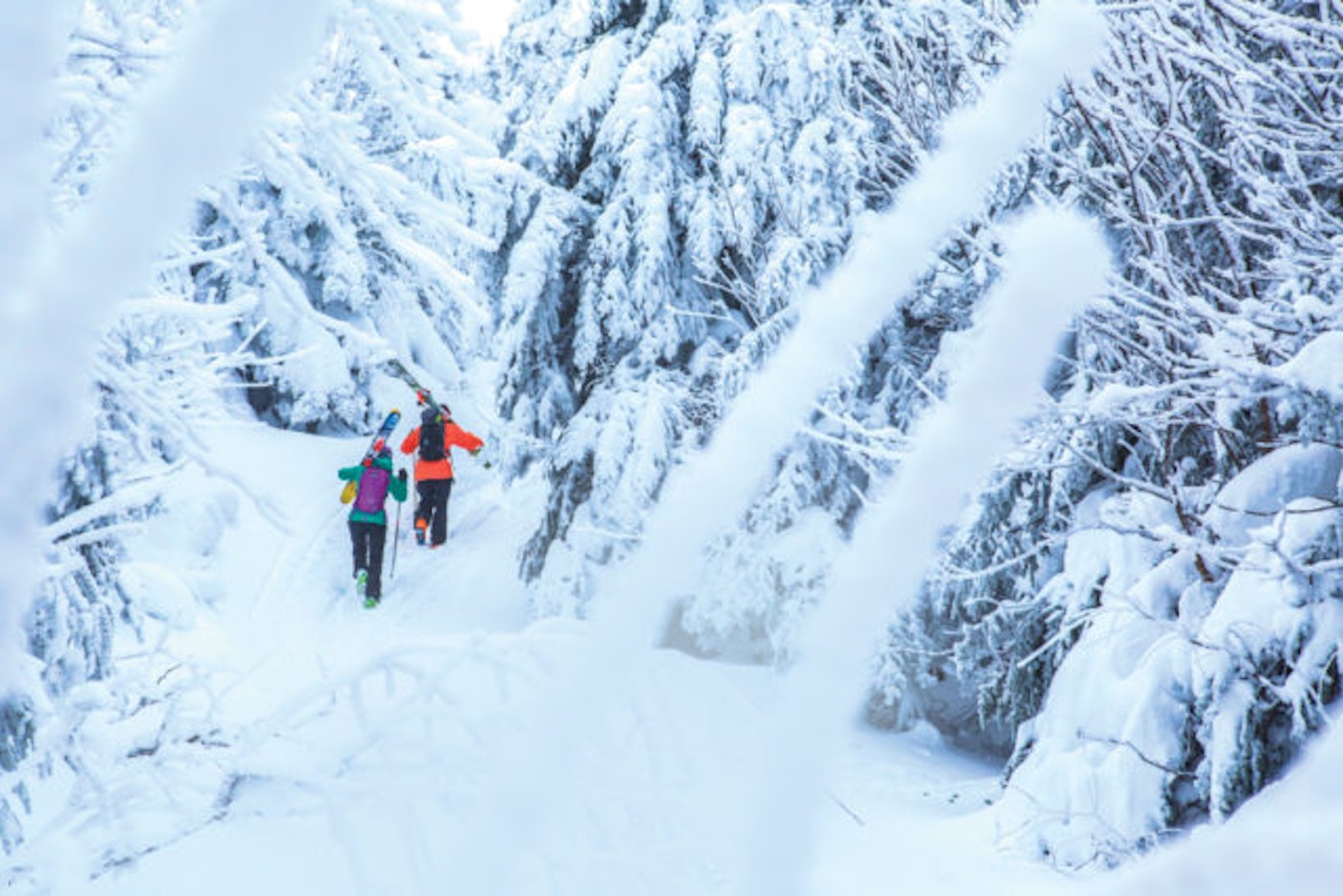
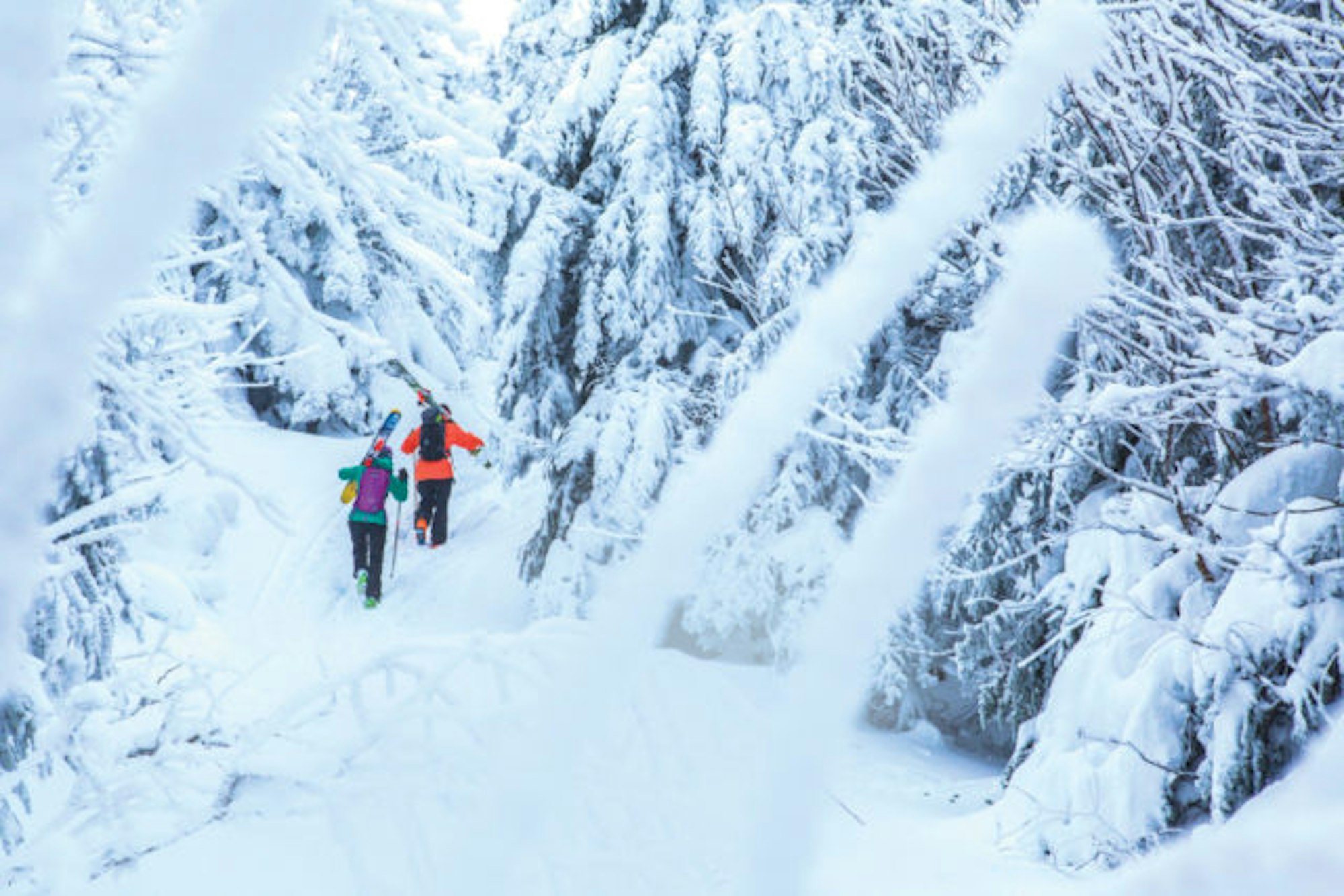
Other factions, like Friends of Bolton Valley Nordic & Backcountry (FOBVNB), have been successful without official ties to the CTA. Alongside the Vermont Land Trust, that group fundraised north of $1 million to acquire 1,161 acres of skiable land in 2012, adjacent to Bolton Valley Resort. This land then became part of the 44,444-acre Mt. Mansfield State Forest, now eternally protected as a state-owned backcountry and Nordic skiing zone.
Further south, Vermonters are eyeing abandoned ski resorts with reclaimed backcountry opportunities in mind. Take Mount Ascutney, a once-defunct area purchased by The Trust For Public Land, and then handed over to the Town of West Windsor to be managed by a non-profit called Ascutney Outdoors. The mountain now offers 150 acres of uphill-accessed skiing. And, in full-circle fashion, the one exception found there is a humble rope tow—especially great for kids and less experienced folks who are learning how to ski.
Another group making moves is the recently-established Vermont Huts Association, which aims to develop a system of shelters throughout the state that outdoorspeople can access via skis in the winter and bikes in the summer. Similar to the 10th Mountain Division Huts of Colorado and the Backcountry Lodges of British Columbia, folks could have the opportunity to go on multi-day trips, as opposed to the current day-trip norm.
“By getting organized locally, we can all get some great things accomplished,” says Brian Mohr, a founding member of RASTA. “A lot of us envision a future in Vermont where every community has its own little backcountry zone. In some places, it might just be a sweet little ski pasture that’s wide open with beautiful views. In other places, it might be a little gladed area behind a local school. Others might be even higher up on some awesome state or federal land. This grassroots movement is going to continue connecting people with their local terrain and territory.”
There’s no shortage of appreciation in lieu of all that’s happening in Vermont. Even the most talented and respected skiers around are thrilled to be a part of the movement.


“A lot of people out west definitely think the East Coast isn’t that great, but we have some awesome terrain here,” says Noah Ranallo, a notable Vermont shredder who works extensively with Ski The East—the infamous East Coast film company with a following that’s close to cult status. “We haven’t even scratched the surface of skiing opportunity, and we’ve been here our whole lives.”
Supporters add that it’s about more than terrain, too; the community being created is a breath of fresh air, especially when compared to the dog-eat-dog attitudes found in other states.
Ben Leoni and the Ski The East crew skiing Vermont’s backcountry
“Out west, it’s kind of like a local surfer’s mentality that gets super competitive and territorial. I haven’t experienced that in Vermont. People are just stoked,” explains Ben Leoni, another Ski The East personality, who ski-bummed in Utah and Colorado for years.
In Vermont, the mountains are no taller than 4,500 feet above sea level, less than half the size of many popular backcountry destinations in the West. But when you’re out there—with skis on your feet, and nothing around but snow-covered maple trees—they feel like the only mountains on Earth. And if that doesn’t make sense, just go there. You’ll see.

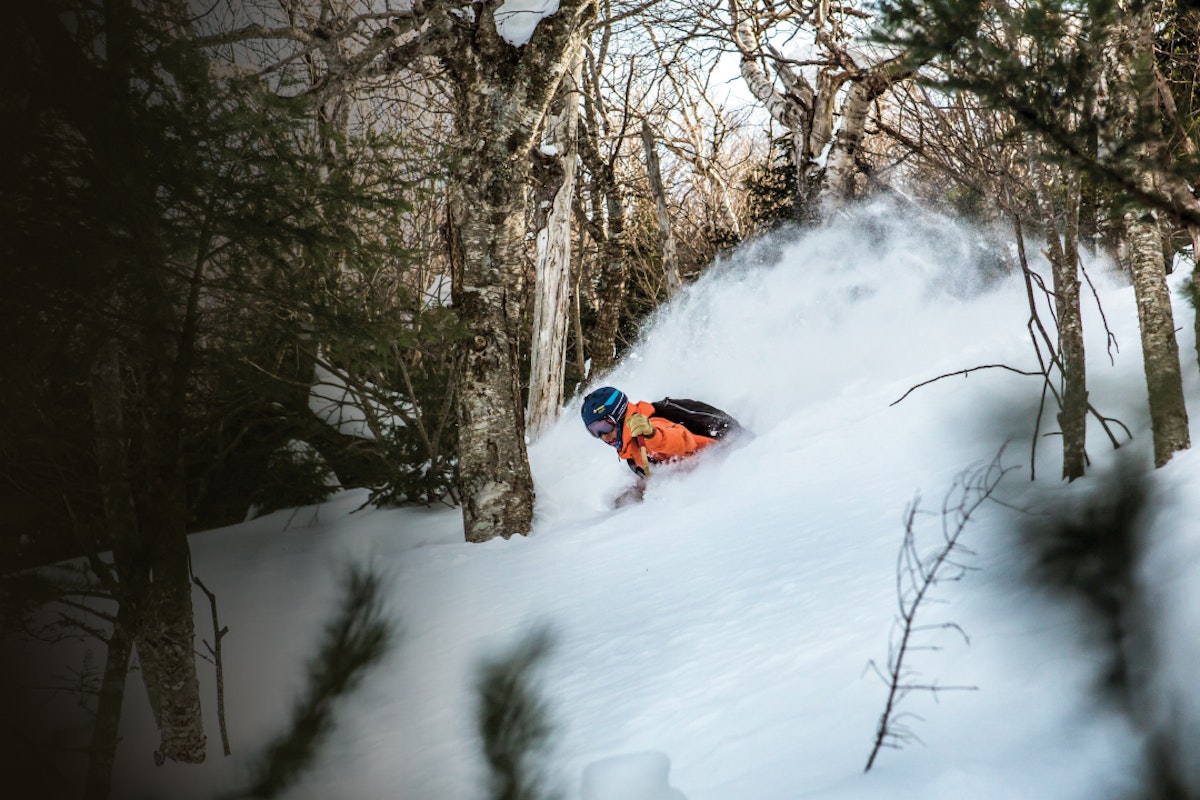

![[GIVEAWAY] Win a Head-to-Toe Ski Setup from IFSA](https://www.datocms-assets.com/163516/1765920344-ifsa.jpg?w=200&h=200&fit=crop)


![[GIVEAWAY] Win a Legendary Ski Trip with Icelantic's Road to the Rocks](https://www.datocms-assets.com/163516/1765233064-r2r26_freeskier_leaderboard1.jpg?auto=format&w=400&h=300&fit=crop&crop=faces,entropy)




![[GIVEAWAY] Win a Head-to-Toe Ski Setup from IFSA](https://www.datocms-assets.com/163516/1765920344-ifsa.jpg?auto=format&w=400&h=300&fit=crop&crop=faces,entropy)

